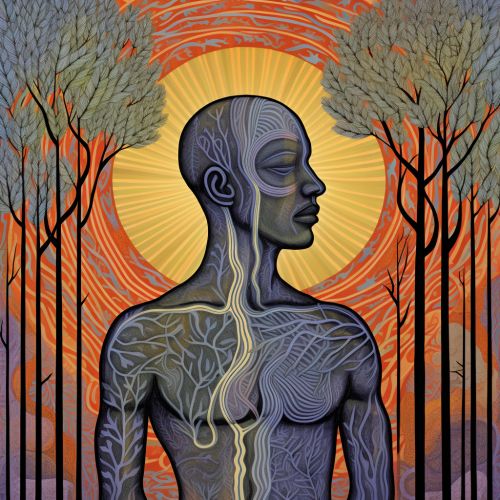James-Lange Theory
Introduction
The James-Lange Theory is a significant concept in the field of psychology, specifically within the study of emotions. This theory proposes that physiological arousal precedes the experience of emotion. In other words, according to this theory, we first experience physiological responses such as increased heart rate or sweaty palms, and then interpret these responses as emotions.
Historical Background
The James-Lange Theory was independently proposed by two psychologists, William James and Carl Lange, in the late 19th century. James, an American psychologist, and Lange, a Danish physician, both suggested that physiological changes in response to external events lead to emotional experiences.


Mechanism of the James-Lange Theory
According to the James-Lange Theory, the process of experiencing an emotion involves a sequence of events. First, an external stimulus is perceived. This stimulus triggers a physiological response in the body, such as increased heart rate, rapid breathing, or sweating. This physiological response is then interpreted by the brain as an emotion.
For example, if you encounter a snake, your body might respond by increasing your heart rate and making you sweat. According to the James-Lange Theory, you would then interpret these physiological responses as fear.
Critiques and Alternatives to the James-Lange Theory
While the James-Lange Theory has been influential in the field of emotion research, it has also been subject to criticism. One critique is that the same physiological responses can be associated with different emotions. For example, increased heart rate can be experienced during fear, excitement, or anger. This critique led to the development of alternative theories of emotion, such as the Cannon-Bard Theory and the Two-Factor Theory of Emotion.
Impact and Influence
Despite the critiques, the James-Lange Theory has had a lasting impact on the field of psychology. It has influenced research on the physiological basis of emotion and has implications for understanding and treating emotional disorders. The theory also has applications in other fields such as neuroscience and philosophy.
